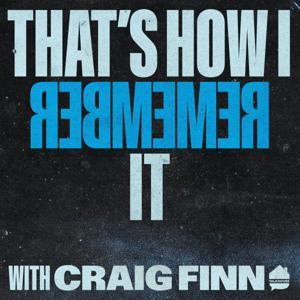For the 15th anniversary of the second Titus Andronicus album, The Monitor, we take a detailed look at how it was made. After Patrick Stickles founded Titus Andronicus in Glen Rock, New Jersey in 2005, he worked with a rotating group of musicians, many of whom he had known in high school. By the time they were ready to record their first album, the lineup had coalesced around Stickles, Liam Betson, Dan Tews, Ian Graetzer and Ian Dykstra. The New Jersey label, Troubleman Unlimited, agreed to put out their debut album and pay for studio time with producer Kevin McMahon, who they had worked with on their early recordings. The Airing of Grievances was released in 2008 and was an unexpected success. XL Recordings became interested in signing the band and agreed to rerelease their debut album in 2009. Around this time, Eric Harm took over on drums, while Stickles moved to Somerville, Massachusetts and began writing the songs that would make up their second album. Using their advance from XL, they booked a month in Kevin McMahon’s studio and began recording the album. The Monitor was eventually released in 2010.
In this episode, Patrick Stickles describes his grand vision of a concept album framed around the American Civil War. He describes his routine at the time where he would stay up late, smoke pot and watch Ken Burns’s Civil War documentary. Stickles talks about how gobsmacked he was by the film and how the words of historical figures like Abraham Lincoln and Walt Whitman inspired him to include their words as a framing device on this record. He also describes this time in his life when he was graduating college and applying to graduate school but deciding to abandon his plans as the band started to become successful. Partially inspired by Bruce Springsteen’s Born to Run, Stickles talks about how he felt like he needed to take advantage of a potentially fleeting moment, where he had a deal with a new label, the attention of the music press, and a growing audience around the world. The result was the big swing of The Monitor, where the band had no qualms about attempting to create a generational touchstone. From the indie rock boom years to casting his friends in reenactment roles to ambitious song suites to incorporating the music of the Civil War to exploring the eternal us vs. them conflict to the continuing saga of mental health to the importance of conviction and raising the stakes, we’ll hear the stories around how the record came together.
Intro/Outro Music:
“The Anniversaries” by The Tisburys, from the album, A Still Life Revisited
Episode produced, edited and mixed by Dan Nordheim
Additional mixing and mastering by Jeremy Whitwam



























